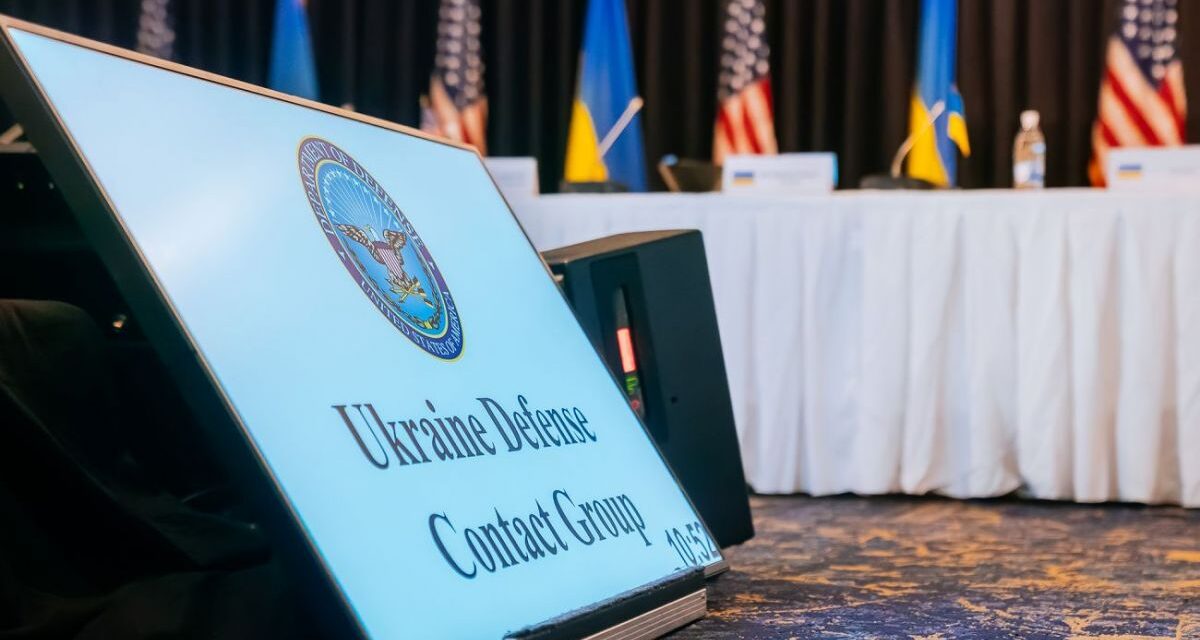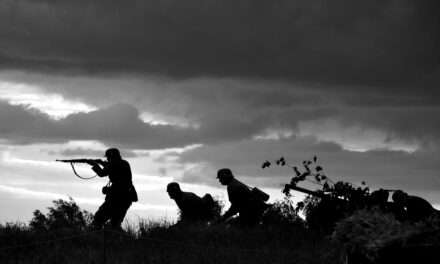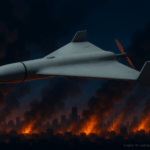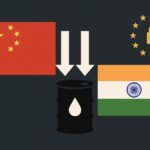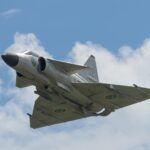Meeting at NATO headquarters in Brussels on April 11, the Ukraine Defence Contact Group—now co-led by Germany and the United Kingdom—announced €21 billion in fresh military support for Kyiv, underscoring Europe’s growing role in sustaining Ukraine’s defense. The 51-nation coalition, which began as a U.S.-led framework, highlighted a record package that blends long-term commitments with immediate injections of materiel. German Defence Minister Boris Pistorius said Berlin’s share includes €11 billion earmarked through 2029, an attempt to provide predictable, multi-year financing rather than one-off tranches. The United Kingdom added its own highest-to-date annual contribution, confirming £4.5 billion for 2025. Ukraine’s defence minister, Rustem Umerov, welcomed the shift, noting that Europe is now “taking the lead” in security assistance while warning that Russia is ramping up industrial output and intensifying attacks. The meeting also spotlighted the most acute gap in Ukraine’s force protection—air defence. Officials cautioned that Russia has launched more than 10,000 glide bombs since March and is sending roughly 100 attack drones each day, a tempo that strains interceptors and radar coverage and demands sustained deliveries of systems and munitions. Although the U.S. joined remotely—represented by Secretary of State Pete Hegseth—the message from Brussels was that European capitals intend to stabilize Ukraine’s military planning horizon and shield it from the stop-start politics that have periodically slowed aid flows. By pairing multi-year pledges with near-term support and by coordinating them in a 51-member forum, allies aim to plug critical shortfalls, backstop Ukraine’s industrial mobilization, and preserve frontline resilience. The package is presented not as a ceiling but as a platform for further contributions in air defence, artillery, and electronic warfare as the conflict evolves, reflecting a strategic bet that reliable funding and tighter coordination can blunt Russia’s advantages in scale and attritional tactics. Taken together, the announcements signal that Europe is preparing for a protracted war and is trying to replace uncertainty with structure: pooled purchasing, scalable replenishment, and predictable funding streams that keep Ukrainian brigades supplied through 2025 and beyond.
Allies Unveil €21bn Boost for Ukraine at Brussels UDCG Meet
